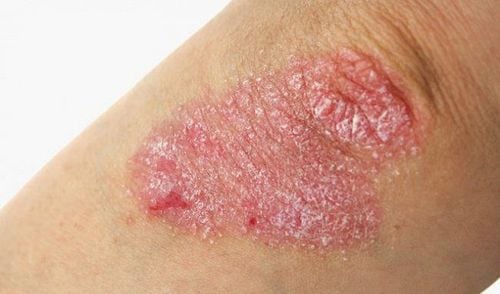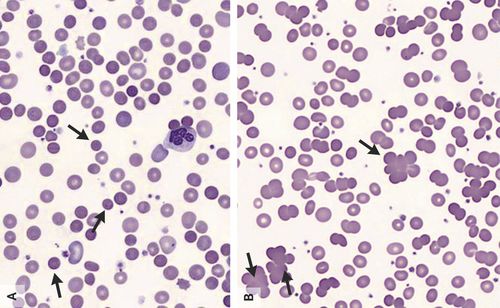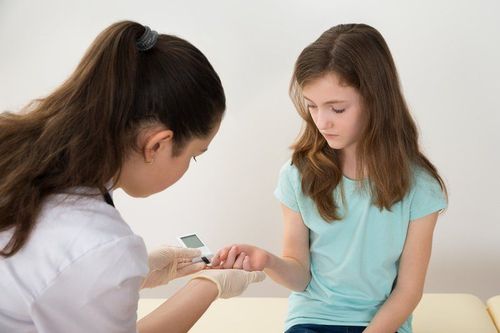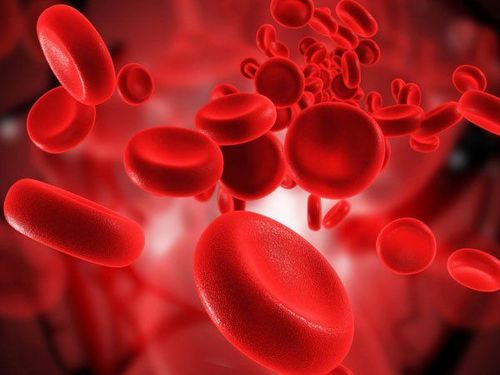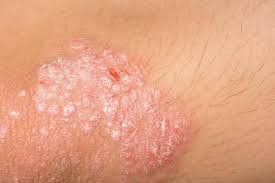This is an automatically translated article.
Autoimmune hemolytic anemia (AIHA) is a collection of disorders characterized by the presence of autoantibodies that bind to the patient's own red blood cells, leading to premature red blood cell destruction (hemolysis). ).
1. Classification of autoimmune hemolytic anemia (AIHA)
Autoimmune hemolytic anemia is classified as “warm” and “cold”. These include cold agglutinin disease (CAD) and paroxysmal cold or mixed hemoglobinuria, according to the autoantibody heat range.
Diagnosis is usually simple, based on the presence of hemolytic anemia and serological evidence of anti-erythrocytic antibodies, detectable by direct antiglobulin test (DAT).
Warm IgM AIHAs typically have more severe hemolysis and higher mortality (up to 22%) than patients with other types of AIHA.
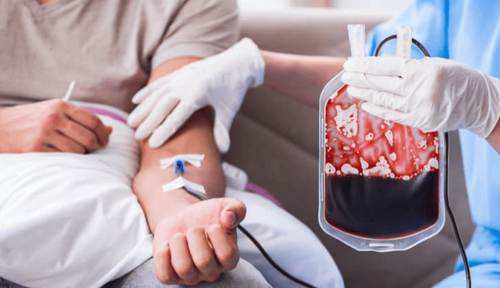
Thiếu máu tán huyết tự miễn có thể gây phá hủy tế bào hồng cầu sớm
2. Treatment of autoimmune hemolytic disease
2.1 Corticosteroids
There is consensus that corticosteroids are the first-line treatment for patients with warm antibody-type AIHA. Corticosteroids, usually pharmaceutical prednisone, are given at an initial dose of 1.0-1.5 mg/kg/day for 1-3 weeks until a hemoglobin level greater than 10 g/dL is achieved.
AIHA patients on long-term steroid therapy should be supplemented with bisphosphonates, vitamin D, calcium, and folic acid. Patients with particularly rapid hemolysis and very severe anemia, or complicated cases such as: Evans syndrome, may require intravenous methylprednisolone.
2.2 Second-line therapy
2.2.1 Splenectomy
Splenectomy is generally thought to be a second-line treatment for warm AIHA, suggested for patients who do not respond to or are intolerant to corticosteroids, who require a daily maintenance dose of prednisone greater than 10 mg, and in whom people with repeated relapses.Patients with persistent or recurrent hemolysis after splenectomy often require lower doses of corticosteroids than preoperatively.
2.2.2 Rituximab
Rituximab is a monoclonal antibody against the CD20 antigen expressed on B cells, which has been shown to be effective in the treatment of AIHA; including those associated with autoimmune disorders, lymphoproliferative disorders, and bone marrow transplantation.
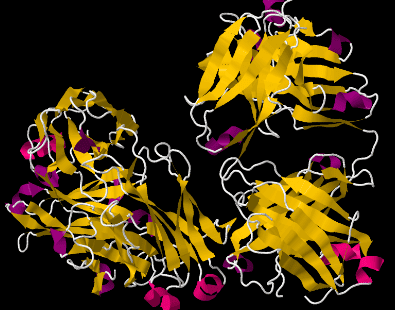
Rituximab gây ra những bệnh liên quan đến rối loạn tự miễn dịch
2.2.3 Immunosuppressive drugs
In combination with prednisone and danazol, cyclosporin was shown to improve the complete response rate in 18 patients with warm AIHA compared with 26 patients treated with prednisone and danazol alone (89% vs 58%) and reduce recurrence rate.3. “Last Option” Treatments
3.1 Hematopoietic stem cell transplantation
Hematopoietic stem cell transplantation (HSCT) in warm AIHA is limited mainly to cases of Evans syndrome.
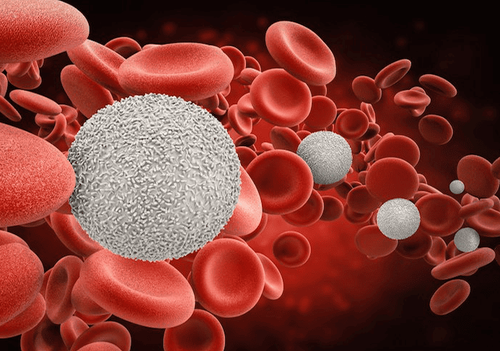
Ghép tế bào gốc tạo máu là một phương pháp điều trị “Lựa chọn cuối cùng”
3.2 Supportive therapy
Patients with AIHA can often require a red blood cell transfusion (RBC) to maintain clinically acceptable hemoglobin values, at least until specific treatments are effective.
Any questions that need to be answered by a specialist doctor as well as if you need to be examined and treated at Vinmec International General Hospital, please book an appointment on the website for the best service.
Please dial HOTLINE for more information or register for an appointment HERE. Download MyVinmec app to make appointments faster and to manage your bookings easily.
Reference source: webmd.com, updatetodate.comSEE MORE
Complications of autoimmune hemolytic disease Is autoimmune hemolytic disease dangerous? Who is susceptible? Clinical and laboratory diagnosis of autoimmune hemolytic disease




